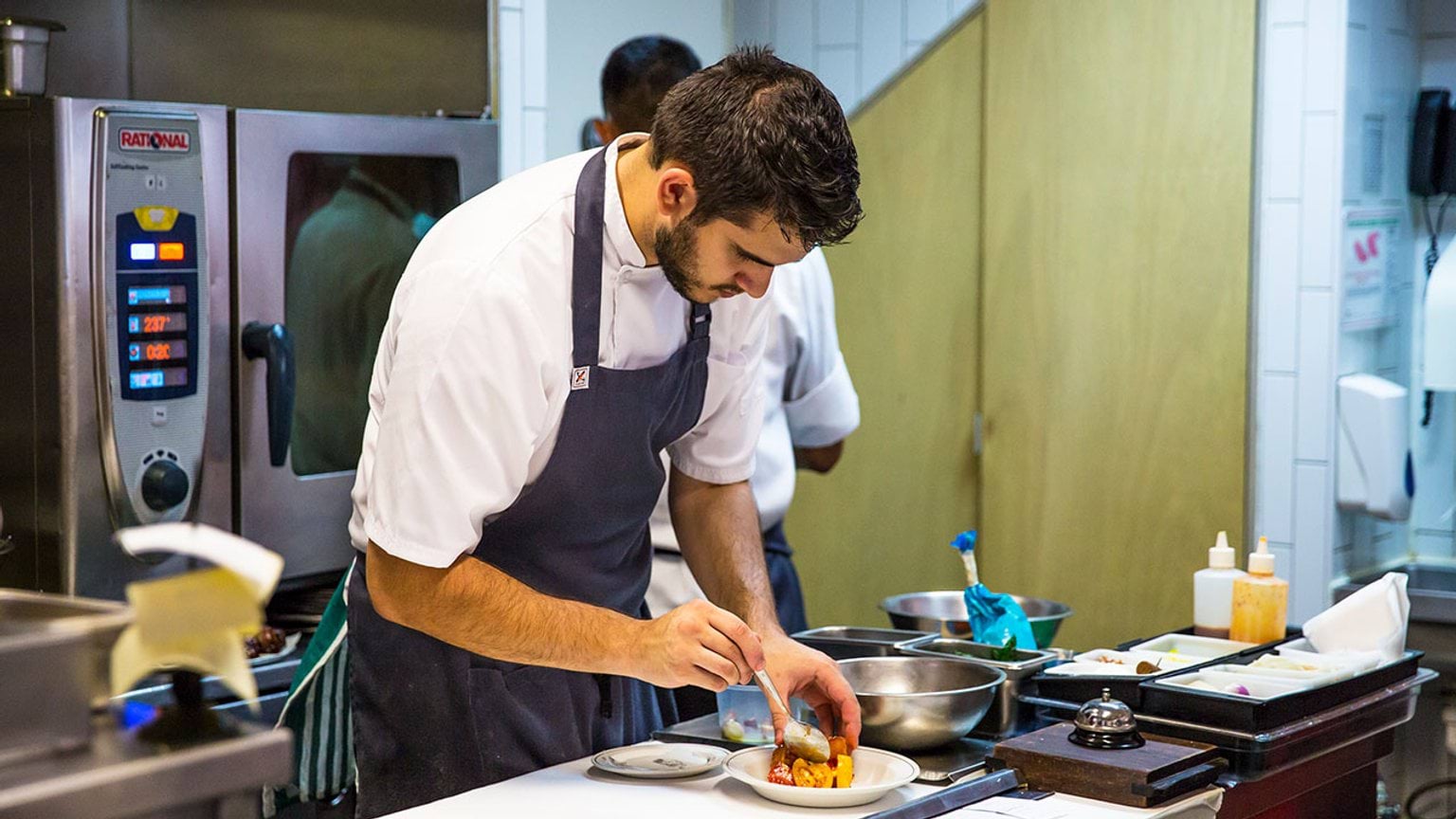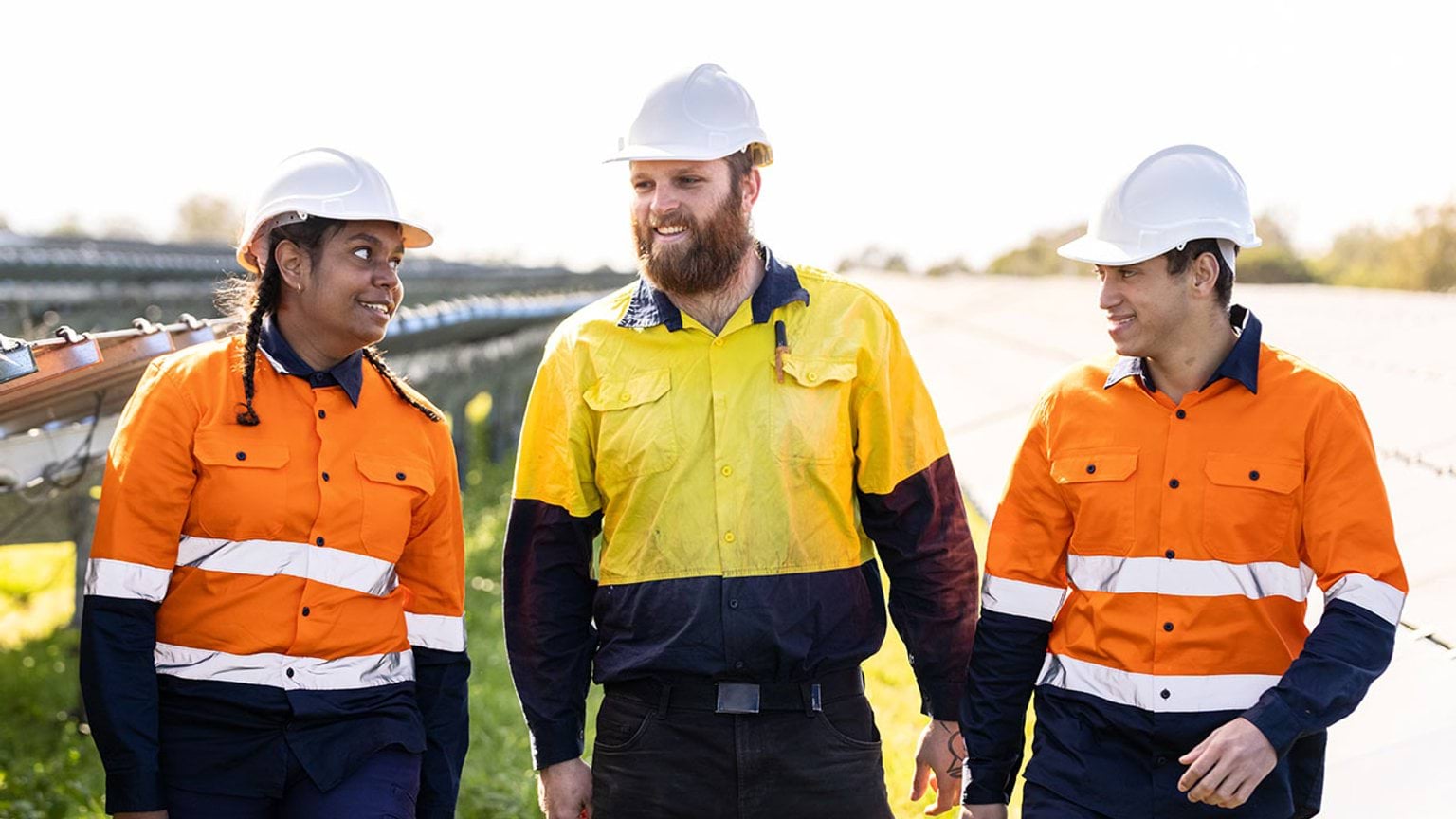Nursery hands perform a range of tasks in nurseries. They propagate and care for plants, and may also serve and advise customers.
Find out what a nursery hand does and the related Vocational Education and Training (VET) courses and pathways you can take to secure a job.
What is a nursery hand?
Nursery hands oversee the life cycle of plants in a nursery or garden centre. They propagate new plants, including trees, bushes, vegetables and flowering plants. They also look after the plants, including watering, weeding, and pest and disease control.
As a nursery hand, you may also be involved in the presentation of plants for sale. You may advise customers of the best plants for their environment, and assist with customer service.
Find out more about nursery hands(opens in a new window) and these related jobs on the Victorian Skills Gateway(opens in a new window):
- garden labourer(opens in a new window)
- horticultural nursery assistant(opens in a new window)
- sales assistant(opens in a new window).
Related training courses
Explore these related TAFE and training courses on the Victorian Skills Gateway(opens in a new window):
- gardening(opens in a new window)
- horticulture(opens in a new window)
- retail services(opens in a new window).
You may be eligible for government funding to help pay for your course.
Average salary
The average weekly earnings for nursery persons in Australia is $821.
Source: Your Career(opens in a new window)
Note this salary is current as of April 2024 and is indicative only. A range of salaries apply to different roles across the industry.
Job demand in Victoria
Below are the employment projections for nursery person and garden and nursery labourer jobs in Victoria. Figures show the number of workers in 2024 and the new workers expected to enter the workforce by 2027 and 2034.
‘New workers expected’ accounts for workers adding new jobs to the economy and replacing retirees over the next 3 and 10 years. These projections are estimates only. There will be additional jobs available as people move between jobs and industries.
Separate nursery hand statistics are not available.
Resources to plan your next steps
Visit our agriculture, horticulture and agribusiness industry profile to find out about:
- what it’s like to work in agriculture, horticulture and agribusiness, and some of the jobs you could do
- training and skills to work in the industry, and financial assistance to help pay for your course
- help getting a job in agriculture, horticulture and agribusiness, and industry job projections for Victoria
- other free resources and advice to plan your training and career.
Explore growing industries in your region
Updated



